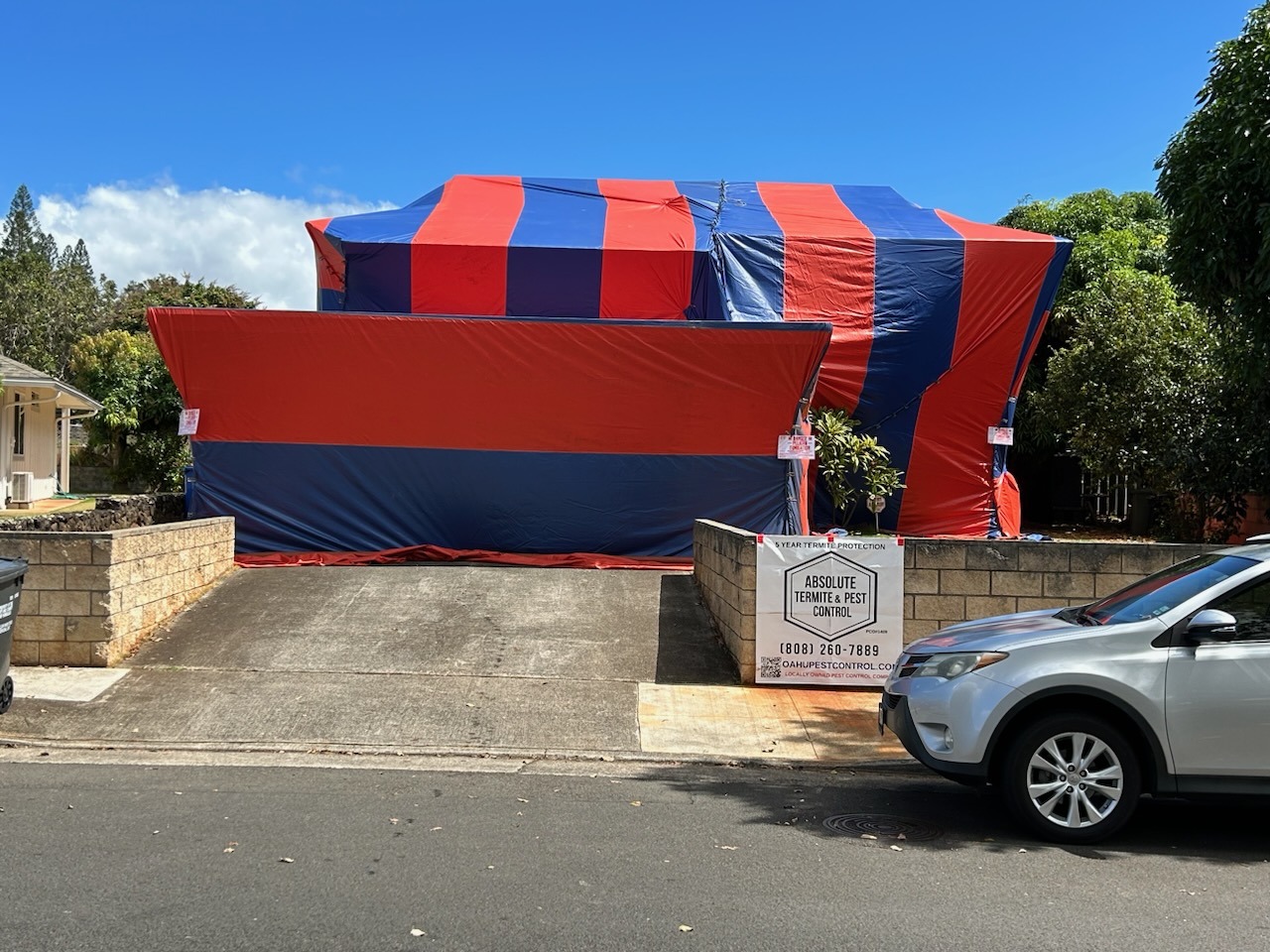What Are Hawaii's Top Pest Problems?
- Absolute Pest Control Hawaii PCO#1409
- Nov 7, 2024
- 3 min read
Hawaii is famous for its breathtaking landscapes and rich biodiversity, attracting visitors from around the world. However, beneath its tropical beauty lies a range of pest issues that threaten the ecosystem, agriculture, and local quality of life. This post will look at the top five pests causing trouble in Hawaii, highlighting their effects and what can be done to manage them effectively.
1. Coconut Rhinoceros Beetle
The Coconut Rhinoceros Beetle is a significant threat to Hawaii's coconut palms. Since its discovery in 2007, this invasive pest has been wreaking havoc on local agriculture.
In its larval stage, the beetle bores into the crowns of coconut palms, causing severe damage and often leading to the plant's death. In fact, a study revealed that coconut growers faced the loss of up to 80% of their harvests due to this beetle. The decline of coconut palms directly affects local farmers who depend on these crops for their livelihoods.
Efforts to control the Coconut Rhinoceros Beetle have focused on trapping and monitoring their spread. Some successful strategies include the use of pheromone traps, which can attract and capture adult beetles. Community vigilance is essential in this battle, as any detection of new infestations must be promptly reported to local authorities.

2. Little Fire Ant
The Little Fire Ant is a diminutive yet aggressive invader that poses serious problems in Hawaii. First spotted on the Big Island in the late 1990s, these ants can deliver painful stings and disrupt both domestic life and agriculture.
One major concern is the impact of these ants on local wildlife. Research has demonstrated that Little Fire Ants outcompete many native insects, reducing their populations by as much as 75%. This competition can threaten the delicate balance of Hawaii's ecosystems.
Residents can help manage Little Fire Ant populations by regularly inspecting their properties and adopting baiting methods to capture them effectively. Community outreach initiatives have proven successful, reducing the ant populations in heavily infested areas by over 50%.

3. Coffee Borer Beetle
Hawaii's coffee industry stands in peril due to the Coffee Borer Beetle, a small pest that first arrived on the islands in 2010. This beetle penetrates coffee cherries, preventing beans from developing properly.
The negative impact on yields can be staggering; some coffee farmers have reported up to a 30% reduction in their harvests due to this pest. Given that coffee production is vital to Hawaii's agricultural economy, the loss of quality and yield is an urgent concern for many farmers.
To combat this pest, coffee growers are implementing integrated pest management strategies. These include the use of traps and diligent monitoring, which have allowed some farmers to regain control over their crops.

4. Rat Population
Rats are a persistent problem in Hawaii, with both black rats and roof rats posing threats to local agriculture and wildlife. These rodents can spread diseases and severely impact native bird populations.
Rats have been known to contribute to the decline of endemic bird species, with some populations dropping by more than 50% in areas where rats are prevalent. Agricultural crops also suffer, as rats consume fruits and seeds, forcing farmers to invest more in protective measures.
To manage the rat population, comprehensive control methods such as traps and community awareness campaigns have been introduced. Engaging residents in rodent control initiatives significantly enhances the chances of protecting Hawaii's unique biodiversity.

Preservation Efforts and Community Involvement
Hawaii’s stunning landscapes and ecosystems face pressing threats from various pests. The Coconut Rhinoceros Beetle, Little Fire Ant, Coffee Borer Beetle, Miconia, and invasive rat populations are key challenges for everyone involved, from residents to conservationists.
Successful management of these pest problems relies heavily on community participation and ongoing education. By understanding the effects of these pests and adopting proactive measures, Hawaii can safeguard its rich biodiversity and vibrant natural resources for future generations.
As we enjoy the allure of Hawaii, it is vital to recognize our collective responsibility to protect its fragile ecosystems. Working together, we can combat invasive species and contribute to the overall health and beauty of the islands.













Comments